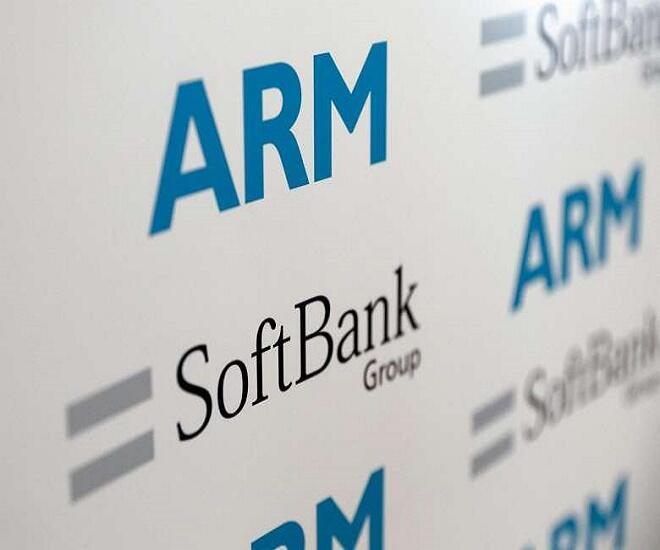SoftBank establishes firm foothold in ARM chip tech
Article By : Rick Merritt

Where should ARM place its next 1,500 engineers—and what could the merger mean for the semiconductor industry?
I was starting to think we had seen all the big waves of the semiconductor acquisition tsunami. I guess I need to think different.
Softbank’s proposed acquisition of ARM looks like the win/win the two sides claim. ARM gets to accelerate its growth, and Softbank will probably get a decent return on its generous investment over the long haul.
What leaves me scratching my head is where will ARM but another ~1,500 engineers over the next five years. The two sides say they will focus on growth areas of the Internet of Things and autonomous cars. (See: Will the Softbank/ARM merger usher a brave new world for IoT?)
In IoT, ARM is already becoming the de facto microcontroller core of choice. Its cores are already central to almost every major player. Microchip was one of the few holdouts, but with its Atmel acquisition, it too has now put support behind an ARM-based MCU line.
ARM has extended its reach into graphics and wireless with its Mali and Cordio products, eating away at markets where Imagination Technologies once had an edge. ARM is even well down the road to establishing its own layer of IoT software services with Mbed announced two years ago.
True, as an extension of the embedded systems market, IoT will be one of the most fragmented and widespread waves ever in semiconductors. So there are plenty of bases to cover, but ARM seems to have significant bets already in place in the major areas.
Clearly, ARM could expand Cordio into Wi-Fi, cellular and emerging wireless markets, taking on a side of Qualcomm that is not a customer. It could expand Mali to the high end where Nvidia and AMD battle it out today. These are significant opportunities.
In its niche of semiconductor IP, ARM has left the smaller bits such as USB and PCI Express cores to the likes of Synopsys and others. This strikes me as a relatively small opportunity that would require lots of detailed work vacuuming up low-margin crumbs, but its work that probably should be done.
At the lowest tech levels, chip factories such as TSMC and Globalfoundries don’t start talking seriously about any new process node until they tape out a chip with ARM. The designer of Cortex cores has expanded its physical IP libraries and tools to make it increasingly key to next-generation technologies.
This area is getting increasingly murky as advances in Moore’s law become more complex and costly. So there’s plenty more work for ARM engineers to do here, although it probably represents a modest growth opportunity for a declining customer base at the end of the day.
It’s at the upper levels of the tech stack where ARM could most expand its reach. In the time it takes to sneeze I get a couple pitches about the problems of IoT security.
ARM was a founding member of the Trusted Computing Group whose hardware-based authentication specs it implements in its TrustZone technology. But security will always be a moving and multi-faceted target. I look for a lot more here as ARM tries to go one better on what Intel has done acquiring McAfee.
Finally, one of the most interesting assaults on ARM lately has come from the tech wonks at Berkeley with their open-source RISC chips. They claim there is an untapped need to make it easier and less costly to design custom silicon. If they get market traction, ARM will have to find a way to address an emerging open-source hardware movement.
I’ll leave the discussion of the autonomous car to my colleague Junko Yoshida who is our resident expert on that topic.
Subscribe to Newsletter
Test Qr code text s ss


